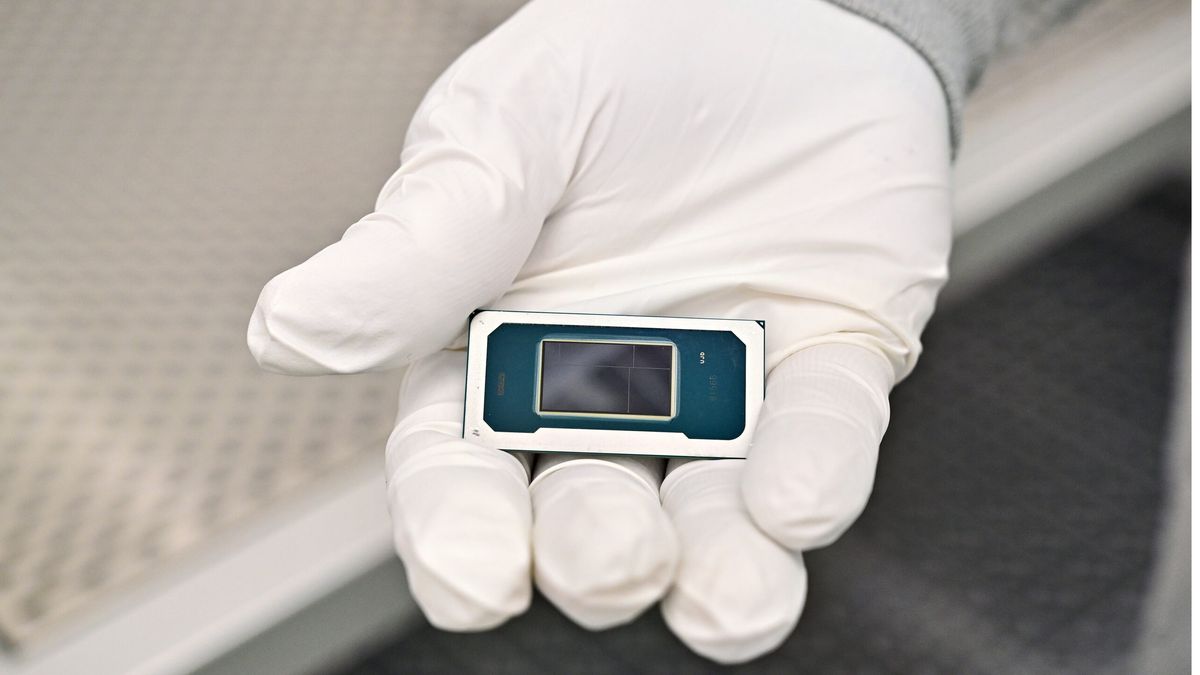Scientists have finally solved the greatest feline mystery of our time: Why is it, exactly, that some cats are orange?
Two separate research teams have detailed the answer in two studies published Thursday in the journal Current Biology. They’ve identified the precise genetic mutation in these cats that explains their orangeness—a mutation not seen in other animals with similar coloration.
 Cheddar ‘Chiz’ Cara, Gizmodo’s resident ginger. © Ed Cara
Cheddar ‘Chiz’ Cara, Gizmodo’s resident ginger. © Ed CaraOrange-furred cats are often referred to as gingers. And according to Chris Kaelin, lead author of one of the new studies, the same basic mechanism underlying red hair in humans applies to orange cats, too: their pigment cells switch from making eumelanin pigment (brown/black) to making pheomelanin pigment (red/orange). But scientists have known for a while that the genetic cause of orangeness in cats is very different from the one in humans and other mammals.
“What motivated us to study orange cats is that the trait is sex-linked (the mutation and the affected gene are on the X chromosome) and sex-linked pigmentation traits are not observed in other species,” Kaelin, a geneticist at Stanford University, told Gizmodo in an email. “So, we recognized that orange cats provided an opportunity to learn something new and potentially insightful.”
The location of this mutation also explains why ginger cats tend to be male (males only possess one X chromosome). Previous studies have narrowed down the mutation’s likely location on the X chromosome, but thanks to more comprehensive genomic data from a variety of cats, Kaelin’s team and a separate research team from Japan were independently able to isolate the specific genetic quirk underpinning a cat’s gingerosity.
“We used genetic approaches to pinpoint a mutation, a small deletion of sequence on the X chromosome, that causes orange color. All orange cats have this deletion, but non-orange cats do not,” Kaelin explained. “The mutation is not located in a gene (the part of the genome that encodes for proteins). Instead, it’s in what we call a non-coding region—the remaining 98% of the genome that does not code for proteins.”
According to Kaelin, the mutation activates a nearby gene called Arhgap36 so that it’s expressed in pigment cells when it normally shouldn’t be. The activation then blocks eumelanin pigment from being produced, causing pheomelanin to be made in its place by default. While genetic variants that trigger orangeness in other animals interact with this same pathway as well, the ginger cat mutation is stranger still because it disturbs a later step of this process. Interestingly, this marks the first time Arhgap36 has been linked to pigmentation.
“This type of mutation is very unusual,” Kaelin notes.
 Sadly, scientists have yet to figure out how Cheddar can survive even without a single brain cell. © Ed Cara
Sadly, scientists have yet to figure out how Cheddar can survive even without a single brain cell. © Ed CaraThe team’s discovery doesn’t explain everything about why orange cats are the way they are. These felines are commonly depicted as especially dim or mischievous, to the point that they’re said to possess a single brain cell that must be shared among all orange cats in the world. But the researchers found no evidence that their mutation causes any other changes, including those related to behavior or temperament.
“One of the key findings of our study is that we observe altered activity of the affected gene in pigment cells, but remarkably not in other cells or tissues including brain areas where the gene is normally expressed,” Kaelin said. “This suggests that the mutation does not have broad effects.”
While the single brain cell theory will have to await more scientific inquiry, the researchers do think their work can lead to more insights. Simply figuring out how this deletion can activate Arhgap36 so precisely might open up a whole new bag of intriguing discoveries waiting to be explored further.
“We would like to understand how the deletion has such a remarkably specific effect on gene activity and we expect that answering this question will have broad implications about how mammalian genes are turned on and off in specific cell types,” Kaelin said.
So if you have an orange cat in your life, be sure to thank them for their contribution to science with some extra treats today.








 English (US) ·
English (US) ·